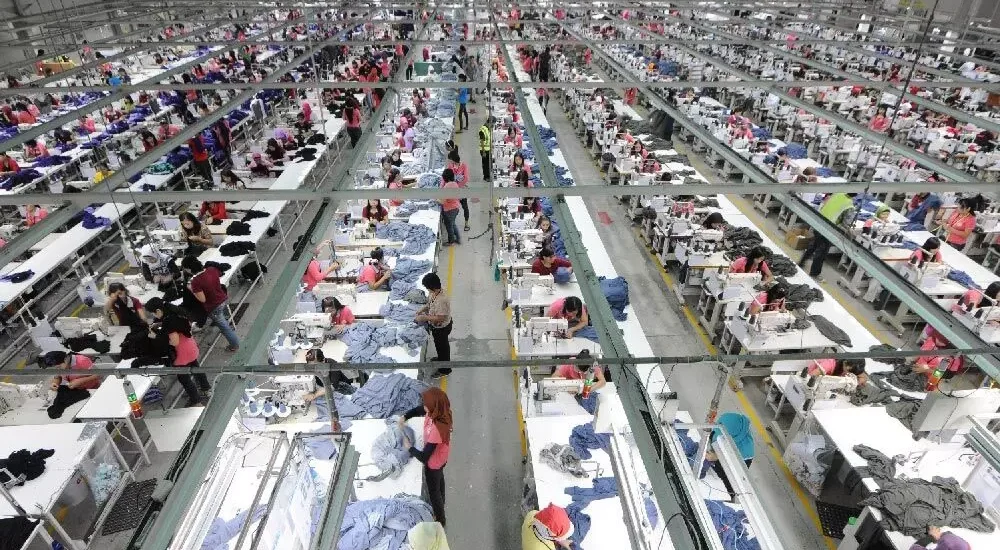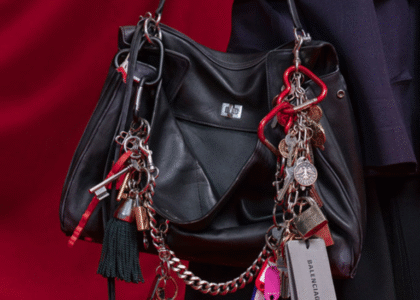For centuries, India has been celebrated for its vibrant textiles, intricate embroidery, and skilled artisans. But today, a bigger question is making waves across the global fashion industry — can India become the world’s fashion factory? With a perfect blend of tradition and innovation, India is emerging as a strong contender to lead global apparel production. From fast-fashion giants sourcing in bulk to luxury houses embracing Indian craftsmanship, the country’s fashion potential is undeniable. In this article, we’ll explore the driving forces, challenges, and future possibilities that could make India the ultimate hub for fashion manufacturing worldwide.
If you’re fascinated by iconic fashion moments, you’ll love our breakdown of all the costumes from The Devil Wears Prada 2.
Why India World’s Fashion Factory Potential is Growing Fast
India has a unique combination of resources, culture, and skills that give it an edge in the competitive world of fashion production. Here’s why global fashion brands are paying attention:
1. Rich Textile Heritage
India’s history with fabrics dates back thousands of years. From Banarasi silks to handwoven khadi, the country’s textile diversity is unmatched. This variety allows fashion brands to experiment with both high-end couture and affordable ready-to-wear collections.
2. Skilled Workforce at Scale
The garment industry in India employs millions of people — many of whom are highly skilled artisans capable of detailed, high-quality work. This human capital makes India not just a manufacturing hub, but also a place where artistry meets production efficiency.
3. Cost-Effectiveness for Global Brands
While maintaining quality, India offers cost advantages that make it attractive for both luxury brands and mass-market retailers. Production costs are lower than in many Western countries, enabling competitive pricing without compromising craftsmanship.
India World’s Fashion Factory – Blending Tradition and Technology
What makes India’s rise even more remarkable is its ability to merge traditional craftsmanship with modern production technology.
Sustainable Fashion Leadership in India World’s Fashion Factory
The global demand for sustainable fashion is growing, and India is perfectly positioned to meet it. Many small-scale units use eco-friendly dyes, organic cotton, and ethical labor practices, appealing to conscious consumers worldwide.
Advanced Manufacturing Infrastructure
Modern factories in cities like Tirupur, Ludhiana, and Noida are equipped with state-of-the-art machinery for mass production, ensuring speed and consistency for big brands.
Design Meets Innovation
Indian designers are collaborating with global fashion houses, offering collections that fuse Indian artistry with contemporary aesthetics — a win-win for both markets.
Challenges India Must Overcome to Claim the Title
Becoming the world’s fashion factory is not without obstacles:
- Infrastructure Gaps: While top cities have advanced facilities, rural areas with high artisan populations often lack proper roads, electricity, and logistics.
- Global Competition: Countries like China, Bangladesh, and Vietnam still dominate mass garment manufacturing.
- Regulatory & Export Barriers: Streamlining export procedures and reducing bureaucratic delays will be crucial to scaling globally.
The Future — Can India Really Take the Lead?
Experts believe that with the right investment in technology, infrastructure, and skill development, India can rival — and even surpass — current leaders in global fashion production.
The India world’s fashion factory dream is not just about manufacturing; it’s about creating a sustainable, ethical, and innovative ecosystem that sets new industry standards.
From the bustling fashion streets of Delhi to the artisanal workshops of Jaipur, the potential is limitless. The global fashion industry is watching — and India’s moment to shine may be closer than we think.
For a deeper look at India’s textile export potential, check out this World Trade Organization textile trade report.











